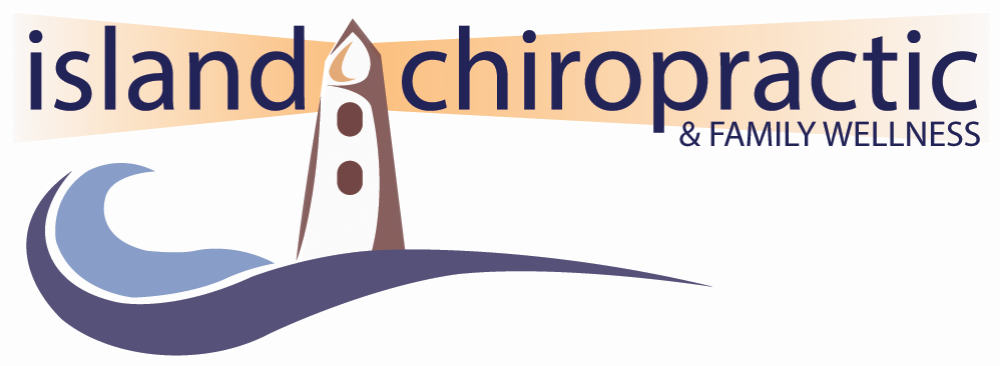Your body composition is made up of fat, bone, water and muscle; with your lean body mass being your fat-free mass. As we age it becomes more difficult to maintain our lean mass which is protective against injury, illness, and death. In this post we will talk about lean mass and it’s importance in fall prevention. The higher your age the higher your risk of falls and/or injury, but it’s never too late to start protecting yourself.
Some statistics:
One in every three Canadians over age 65 will fall at least once in a year (2)
Falling is the leading cause of injury and death among adults age 65 and older (CDC)
Hip fractures account for 40 per cent of fall-related hospitalizations
Falls account for 90 per cent of wrist, forearm and pelvis fractures among older Canadians
1 in 3 adults age 60 and older suffer from severe muscle loss, known as “sarcopenia”
Falls cause more than 90% of all hip fractures in seniors and 20% die within a year of the fracture (3)
Exercise alone reduces the risk of falls in older adults by an average of 21 percent (1)
Risk Factor: your physical heath (lean mass percentage)
Sarcopenia is muscle loss that occurs with aging and/or immobility. It is the degenerative loss of skeletal muscle mass, quality, and strength. The rate of muscle loss is dependent on exercise level, co-morbidities, nutrition and other factors. Osteopenia is low bone mineral density. Because bones are weaker, people with osteopenia may have a higher risk of fractures, and some people may go on to develop osteoporosis.
For adults 65 years and older the Canadian Society for Exercise Physiology (CSEP) recommends:
150 minutes of moderate-to vigorous- intensity aerobic physical activity per week, in bouts of 10 minutes or more.
Muscle and bone strengthening activities using major muscle groups, at least 2 days per week.
Performing physical activities that enhance balance and prevent falls.
Following these guidelines can reduce the risk of chronic disease and premature death, maintaining functional independence and mobility, as well as improvement of fitness, body composition, bone health, cognitive function and indicators of mental health (4).
To Improve your strength and balance we recommend the following exercises:
• Brisk Walking. Try daily 10-minute walks after breakfast, lunch and dinner. Park further away in parking lots and carry lite groceries.
• Strength Training. Exercises can be easily done at home. Squats and lunges are great for leg strength; push-ups and shoulder blade squeezes for upper body strength.
Our next post will discuss nutrition and lean mass.
Citation
http://publications.gc.ca/collections/Collection/HP25-1-2005E.pdf
Tucker LA, et al. Effect of two jumping programs on hip bone mineral density in premenopausal women: a randomized controlled trial. Am J Health Promot. 2015 Jan-Feb;29(3):158-64.
It is important to note that following these guidelines is best when prescribed by your chiropractor or physician. If you have underlying medical conditions, please consult with your healthcare provider before starting any new regimes. None of the information provided on this website should be substituted for medical evaluation, diagnosis, or treatment from a licensed healthcare practitioner. This information is simply for interest and comfort.

